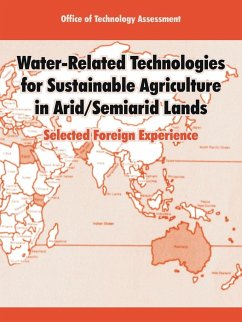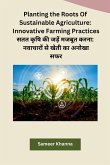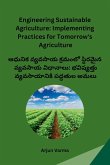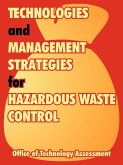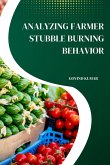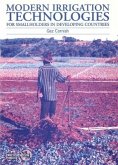This report complements the forthcoming OTA assessment on water and agriculture in U.S. arid/semiarid lands. The full assessment focuses on U.S. experience. Foreign experience is also important, however, particularly as U.S. agricultural, economic, and foreign aid interests are increasingly linked with those of other countries. The global significance of agricultural research and development on arid/semiarid lands is underscored by the fact that as much as 20 percent of the Earth's surface is arid and semiarid, containing nearly 16 percent of the world's population. Described are selected foreign experiences using technology to develop and sustain agriculture in arid lands. The selection of examples was based on three broad considerations: 1) availability of current reliable information, 2) variety of examples both in land use and technology type, and 3) projects of potential interest and relevance to the United States. The examples include breeding crops for drought resistance, game ranching, improving irrigation management, developing rubber production from arid/semiarid plants, and adopting technology-intensive water programs and policies. U.S. cooperative efforts with some of these experiments and technology transfer considerations for U.S. arid/semiarid agriculture are also discussed. This paper was prepared by OTA Project Director Barbara Lausche based on extensive contractor research and with the assistance of OTA Food and Renewable Resources Program staff listed in this paper. OTA wishes to thank and acknowledge the Water and Arid/Semiarid Agriculture Advisory Panel and other contributors noted in the footnotes to this document who provided helpful materials and reviews to the OTA staff.

